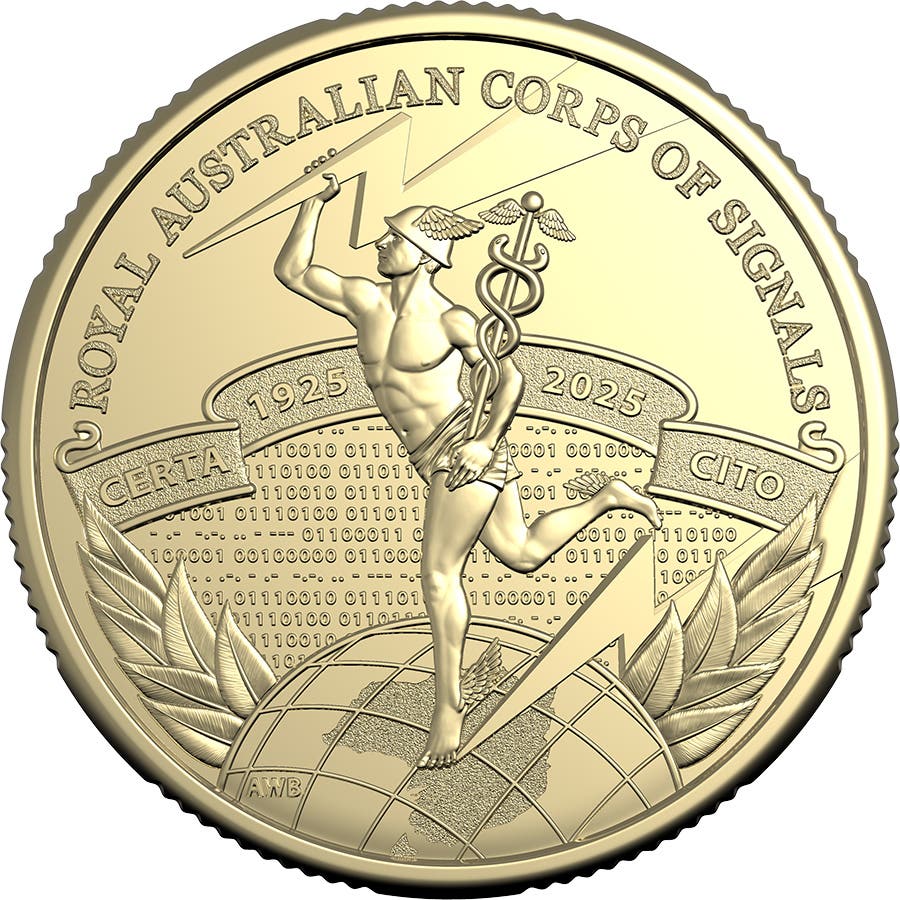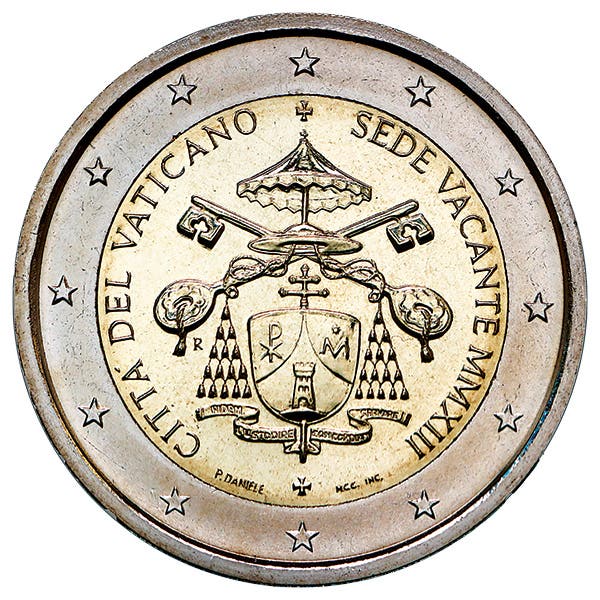Viking Hoards Abound on the Isle of Man
More Viking Age silver has been discovered per square kilometer on the Isle of Man than in England, Ireland, Scotland, and Wales.
A recent find of Viking-age silver coins on the Isle of Man has been declared to be treasure at an inquest. John Crowe and David O’Hare found the 36 coins in a field using a metal detector from January through April.
The coins date between 1000 and 1065, the majority having been minted during the reign of Edward the Confessor (1042-1066). The balance of the find was issued in the names of Aethelred II (978-1016) and Canute (1016-1035). The coins range from 17 to 20.5 millimeters in diameter. Some coins have test cuts, having been checked for quality by merchants. New Hampshire-based Kristin Bornholdt Collins has studied the find.
Manx National Heritage Curator of Archaeology Alison Fox described the find as comparable to “a good-sized savings account.”
Fox clarified her comment by adding the coins would “have essentially been used as a kind of bank account, with coins added and taken out.”
Fox explained coins found on the Isle of Man typically originate from Ireland and England, the IOM being “a sort of offshore financial center” during the Viking Age.
Irish historical records indicate Vikings arrived on the IOM in 798, conquering and settling the island by 820. The IOM is situated centrally between the Viking sailing route from Scandinavia to Ireland. The island could provide agriculture and good harbors. The Vikings founded the Tynwald (Old Norse for open assembly), the oldest working parliament in the world, in 800. The Tynwald was later developed into a centralized government. The IOM was handed over to Alexander III of Scotland in 1265, ending its Viking rule. There is substantial evidence that Norse trading extended as far as Russia and the Islamic world.
Finds at burial sites and settlements attest to the Viking occupation. According to Fox, the recent find shows “the variety of currencies available to an Irish Sea trader or inhabitants of Man in this period.” She said the hoard allows archaeologists to study the find with the Northern and Glenfaba hoards dating from a similar period.
According to Fox, “More Viking Age silver has been discovered per square kilometer [on the Isle of Man] than in England, Ireland, Scotland, and Wales.”
Six additional major hoards of Viking Age material have been found on the Isle of Man. In 1870, the 10th-century Ballacamaish Hoard, consisting of a silver armlet, two silver neck rings, and a silver finger ring, was found at Andreas, Ballacamaish.
In 1894, the late 10th-century Ballaquayle Hoard was found at Douglas. This find consisted of 78 Anglo-Saxon silver coins, a silver neck ring, a gold arm ring, 13 silver armlets, a silver finger ring, and two silver thistle-headed brooch pins.
The early 11th-century Glenfaba Hoard of 464 coins, 25 ingots, and a broken armlet was discovered in 2003. This was followed by a find of 14 10th-century silver arm rings known as the Garff Hoard in 2016.
No specific name has been assigned to the first of two hoards found in 2021. The first, discovered in February, dates from the mid-10th century and consists of a gold arm ring, a large silver brooch, a silver armband, and other jewelry items.
The second, known as the Northern Hoard, took place in July and consisted of various items, including 87 silver coins originating from England, the Isle of Man, and Germany, as well as 13 pieces of early 11th-century hack silver. The coins from this find appear on the coins of the Norse King of Dublin, Sihtric Silkbeard (about 989 to 1036), Cnut, Aethelred II, and Holy Roman Emperor Otto I.
The Northern Hoard was studied by Bornholdt-Collins, who, like Fox, when analyzing the current find, observed the hoard being examined may have been treated as a savings account.
Bornholdt-Collins observed the hack silver served as “a currency without borders or political affiliation; in this sense, it was a modern-day equivalent to a cryptocurrency—we might even say it was something like the original ‘Bitcoin’! It seems only logical, then, that it was so popular in a cosmopolitan trading hub like [the Isle of] Man, even several decades into the 11th century when closely regulated minted silver was well on its way to becoming the norm across Northern Europe”.
You may also like:








